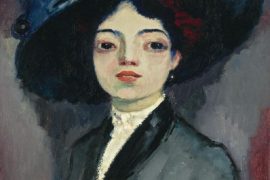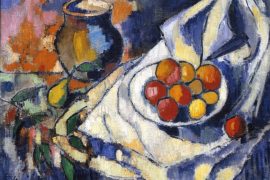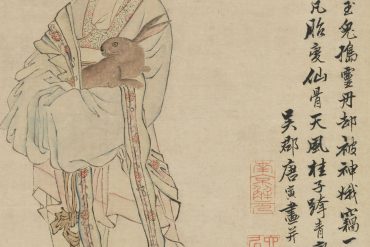Two museum-quality works, Henri Matisse’s Nu (femme) debout and René Magritte’s Torse nu dans les nuages, have remained unseen for the last decades since it was exhibited and now lead art auctions.
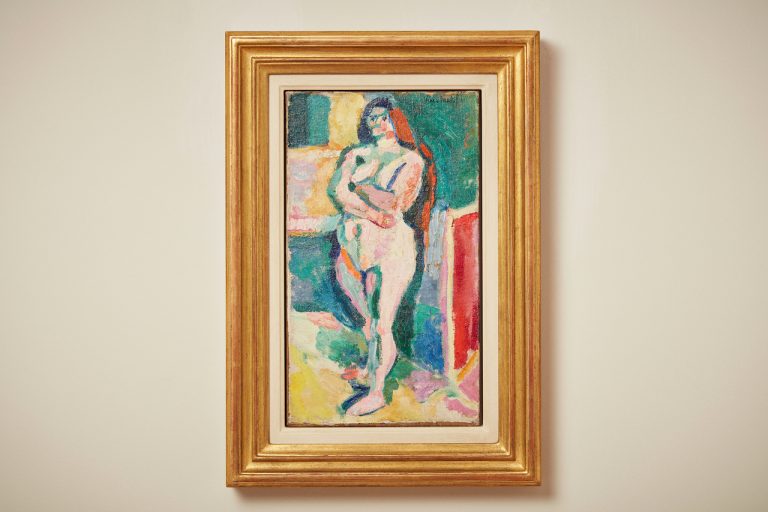
Nu (femme) debout – Standing Nude – has been included in a number of important museum exhibitions, including The Museum of Modern Art in New York and the Grand Palais in Paris. It was first acquired by two of Matisse’s greatest friends and patrons, Michael and Sarah Stein. Michael was the brother of Gertrude and Leo Stein, and together they were some of the most preeminent collectors of Modern Art in Paris during the early 20th Century.
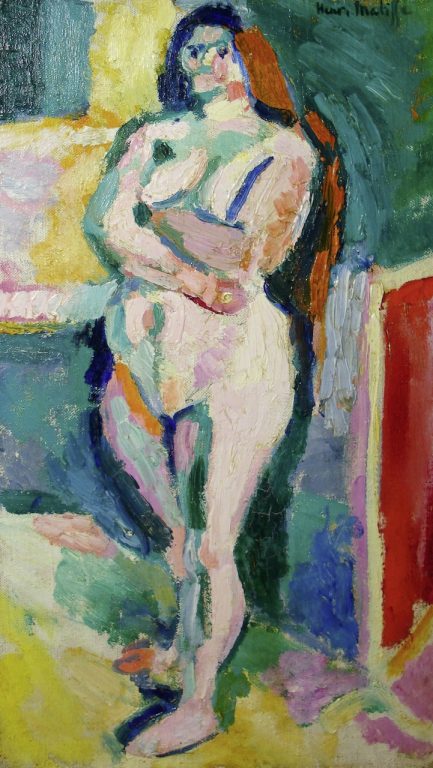
The Stein siblings were born in Pennsylvania to wealthy parents and by 1904, all three of them were living in Paris. Originally planning to stay in France for just a year, Michael and his wife, Sarah, would remain there for more than 30 years and together with Gertrude and Leo, the four build the era’s foremost collection of modern art.
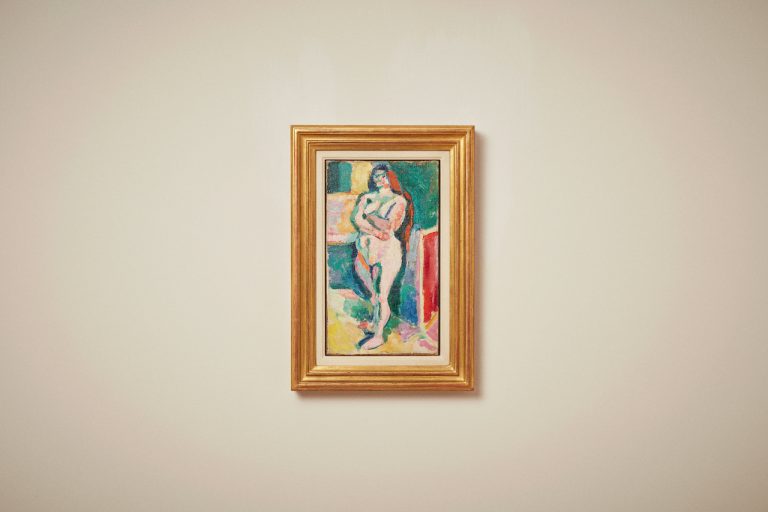
Introduced to artists through Leo and Gertrude, Michael and Sarah were quick to embrace modern art, buying works by Gauguin, Picasso, and Matisse. Nu (femme) debout was painted in the immediate aftermath of the infamous Salon d’Automne of October 1905. The exhibition, which appalled the French public and gave birth to the Fauvist movement, not only secured Matisse’s position as the leader of the Parisian avant-garde, but crucially marked the beginning of a profound relationship between him and the Steins. Painted in late 1905 to early 1906, the work has been identified by the Matisse family as Michael and Sarah’s ‘first purchase’ and was exhibited in Matisse’s second one-man show at the Galerie Druet in 1906.
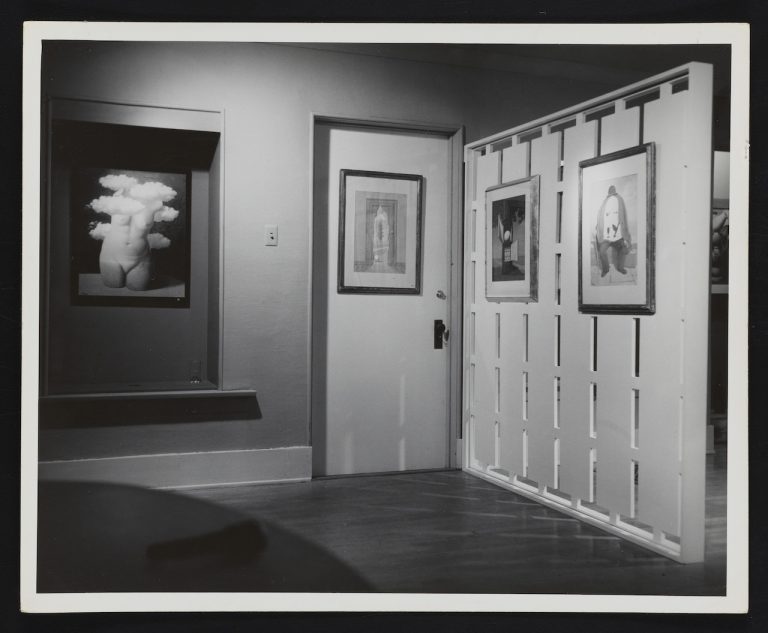
Combining the classical and the deeply surreal, Torse nu dans les nuages includes two of René Magritte’s signature motifs: clouds and a female torso. The work dates from circa 1937, during the height of the Surrealist movement. It comes to Bonhams from the distinguished private collection of Amalia de Schulthess (1918-2021) and leads the dedicated single-owner sale of selected works from her impressive collection. Torse nu dans les nuages was notably included in the 1948 Magritte exhibition at the Copley Galleries in Los Angeles.
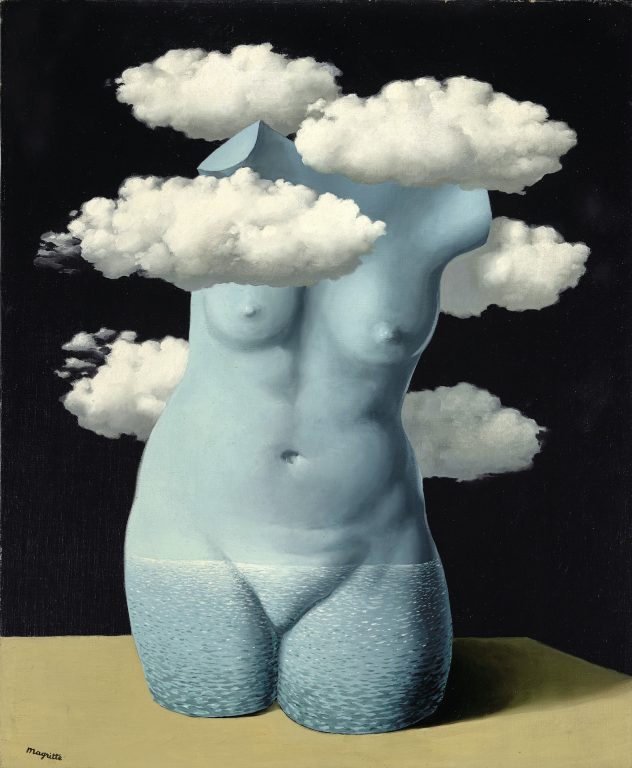
Torse nu dans les nuages is a highly significant painting within René Magritte’s oeuvre, exemplary of his first Surrealist phase. Strange and otherworldly, it is a pictorial puzzle that reconfigures expectations and offers an alternative representation of reality. It is quite simply a Surrealist masterpiece, an impressive meditation on the complex nature of spatial and perceptual experience.
Molly Ott Ambler, Head of Fine Art, Americas
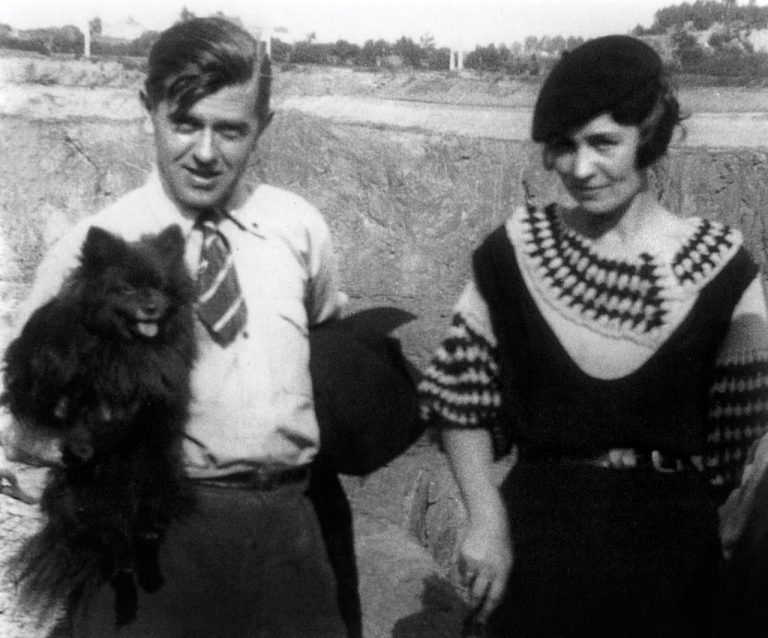
René Magritte, who was born in Belgium 1898, spent three years in Paris from 1927-1930, where he developed a close friendship with one of the founders of Surrealism, André Breton. In 1928, Magritte exhibited his work alongside other key figures of the movement, including Salvador Dalí and Max Ernst, and he soon became a leading member of the Surrealist group. Though he experimented with different styles, Magritte would continue to depict archetypal Surrealist motifs in his signature deadpan manner up until his death in 1967. His compositions are rife with irony and conviction, philosophy, and fantasy.
René Magritte’s Torse nu dans les nuages (circa. 1937) leads Bonhams sale of The Collection of Amalia de Schulthess on Tuesday, December 7, in New York.
Discuss in Kanban. Welcome to search “艺廊网”, “artthat” and follow us on WeChat and Weibo.
Now join ArtThat Elites Club, then re-create with artists and take silk-screen handwork home!





